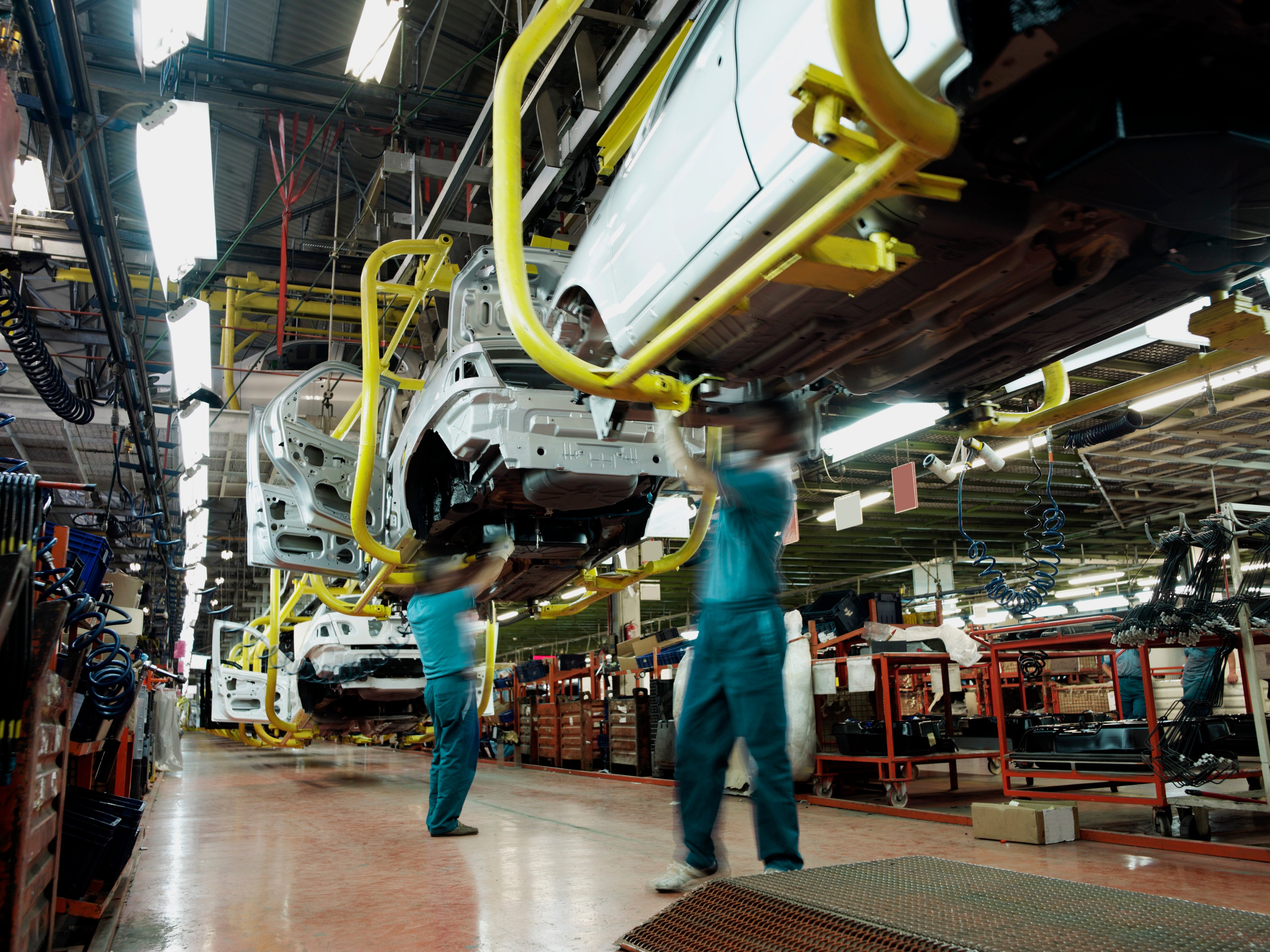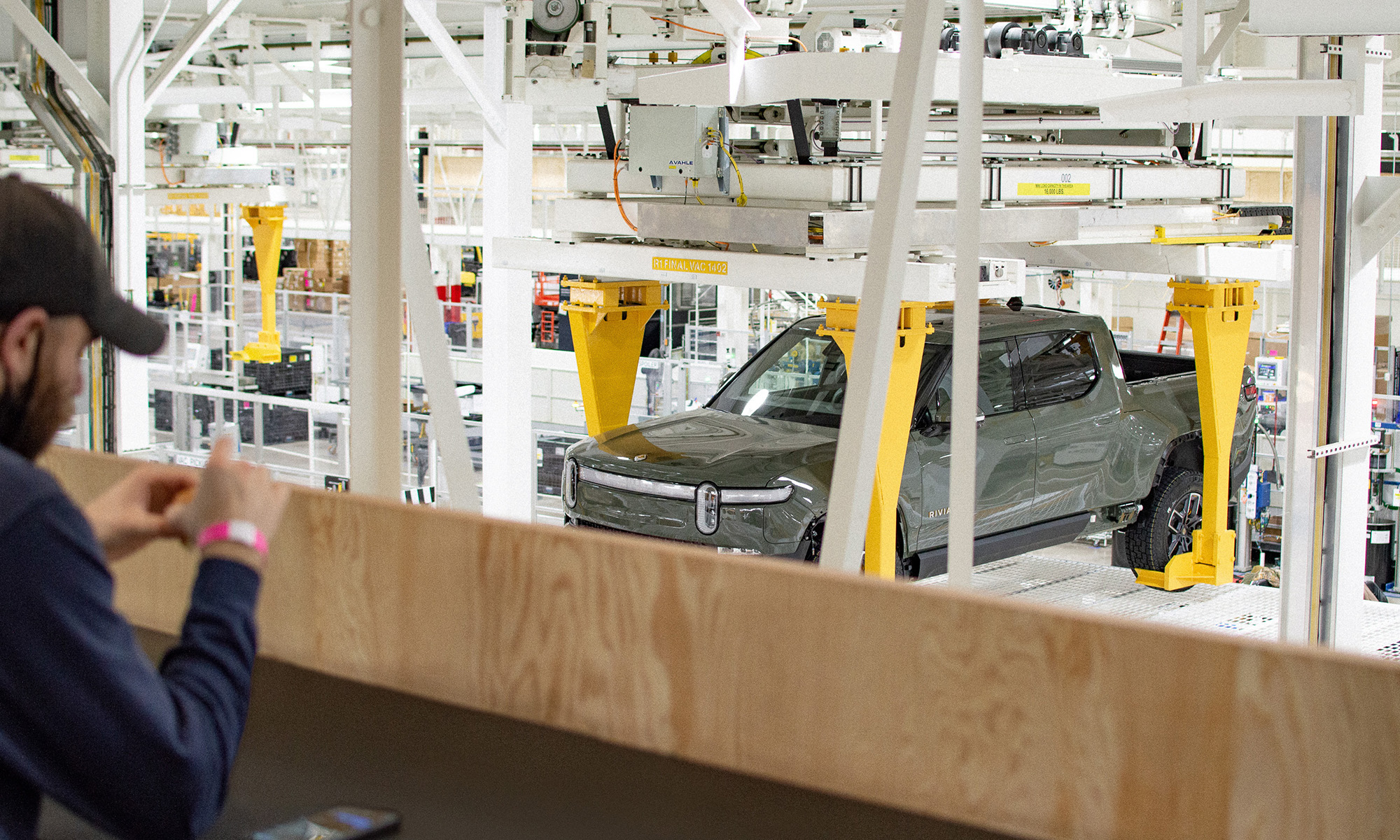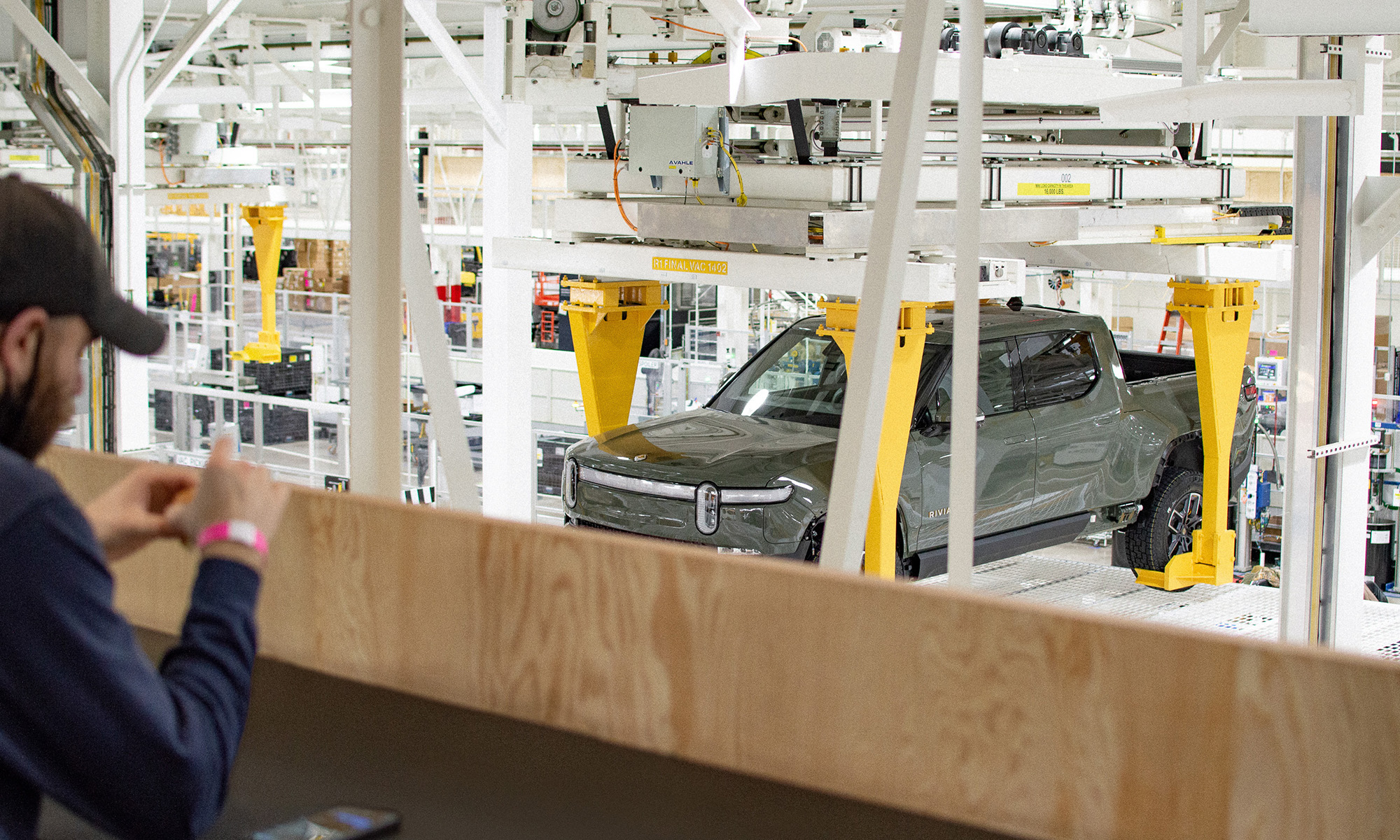Rivian (RIVN +3.02%) isn't doing much to hide the fact that it's what might be colloquially called a "biter." Almost everything the electric vehicle (EV) company has done is similar to, if not exactly, what Tesla (TSLA +1.70%) did when it basically created the EV market.
The year 2026 will see yet another copycat moment from Rivian, which could actually be a very good thing. Here's what to know about the year ahead for this EV truck maker.
What does Rivian do?
Rivian makes electric trucks. That isn't exactly unique these days since every major automaker is now producing electric vehicles.
However, there's something interesting about trucks. They tend to be more profitable and expensive to buy than other vehicles. That's why U.S. automakers like Ford love to build trucks.

Image source: Rivian.
This is notable because Tesla started out building higher-end vehicles, too. Given the huge capital investment needed to build an automaker from the ground up, selling vehicles with large profit margins makes a great deal of sense.
At this point, Rivian has achieved scale on the manufacturing front. It has, like Tesla did years ago, shifted toward improving its cost structure so it can produce vehicles more profitably. To that end, Rivian managed to turn a gross profit at the end of 2024 and again in the first quarter of 2025.
A gross profit is not the same as positive earnings. A gross profit just means that the revenue Rivian earned from selling vehicles covered the cost of producing those vehicles.
There are other costs lower down on the income statement that have kept the company's bottom line in the red. Those costs aren't optional, as they include selling, general, and administrative expenses (SG&A) and research and development (R&D.) In fact, R&D is still ongoing because Rivian is working toward the release of a second model, the R2.
Rivian's R2 could be a big turning point
Given the ongoing losses Rivian has faced and its continuing need to invest in its business, the balance sheet becomes the most important financial statement to watch. However, the company is doing pretty well when it comes to raising cash, thanks to a key partnership with Volkswagen. At the end of the second quarter of 2025, Rivian had roughly $7.5 billion in cash and short-term investments at its disposal.

NASDAQ: RIVN
Key Data Points
It seems highly likely that Rivian will be able to fund itself at least through the planned 2026 launch of the R2. This is a lower-priced truck meant to be sold into the mass market. Again, this is basically what Tesla did. The goal is to spread costs over more vehicle sales, which gets a helping boost from the company's improving efficiency on the production front.
Assuming the R2 comes out as planned in 2026, it could be an important turning point for Rivian's business. Right now, the company is a bit of a niche operator with a limited offering and a small target market. The R2 will mean it has to more directly compete with all of the other truck makers out there, including Tesla and its polarizing (some might even say ugly) truck offering.
Rivian has created award-winning vehicles, so it isn't a lightweight on the product front. But 2026 is going to prove whether or not it can really compete with the big names in the auto industry.
Big changes on the horizon for Rivian
In one year, Rivian's business will be at a key inflection point. If sales are brisk, it could get ever closer to a sustainable profit. If customers aren't willing to buy the R2, the effort to scale up will have proven a mistake, and the red ink will flow with a vengeance.
For aggressive growth investors the glass-half-full outlook here could make Rivian a buy. For more conservative types, the glass-half-empty view should probably keep them away from Rivian -- at least until after the R2 launch has proven successful.





